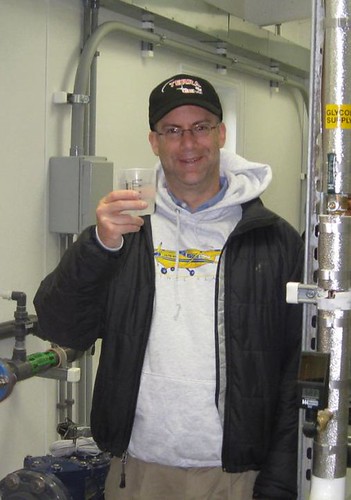Recently, I had the pleasure to travel to the rural Alaskan communities of Kwigillingok, Kasigluk, and Pitkas Point. The visit was made along with Rural Utilities Service (RUS) Administrator Jonathan Adelstein, Alaska State Director Jim Nordlund, and a few of our major program partners. As with other trips, the site visits to these communities were a reminder of why the Rural Alaska Village grant program and other Rural Development programs are so vital to rural communities.
The water and wastewater conditions in these three villages and other Alaskan communities are staggering. Drinking water is hauled from local watering points, which clearly do not meet safe drinking water standards. Wastewater is hauled by utilizing honey buckets. The same path that kids play and walk to and from school, is the same route that individuals routinely walk with their five gallon buckets of wastewater to honey bucket transfer stations.

For one community, our visit marked the near end of the existence of hauling water and wastewater. With assistance from the Rural Alaska Village grant program, the community of Pitkas Point received the necessary support to construct core sanitation facilities and a piped water and wastewater system. The project, which will be fully operational in the next couple weeks, marks the end of a life-long dire health and sanitation issue that the community members of Pitkas Point face.
As with other major events in the community, the completion of the new system will be celebrated with a pot latch. Instead of the usual struggle of who will take out the honey bucket, a new era of children’s competition for whom will get the first bath will start. With anticipation, the competition was already underway from some of the children in households we visited. The celebration, the new competition, and the safe sanitation services are all happening because of the assistance provided by the Rural Alaska Village Grant program through Rural Development.





